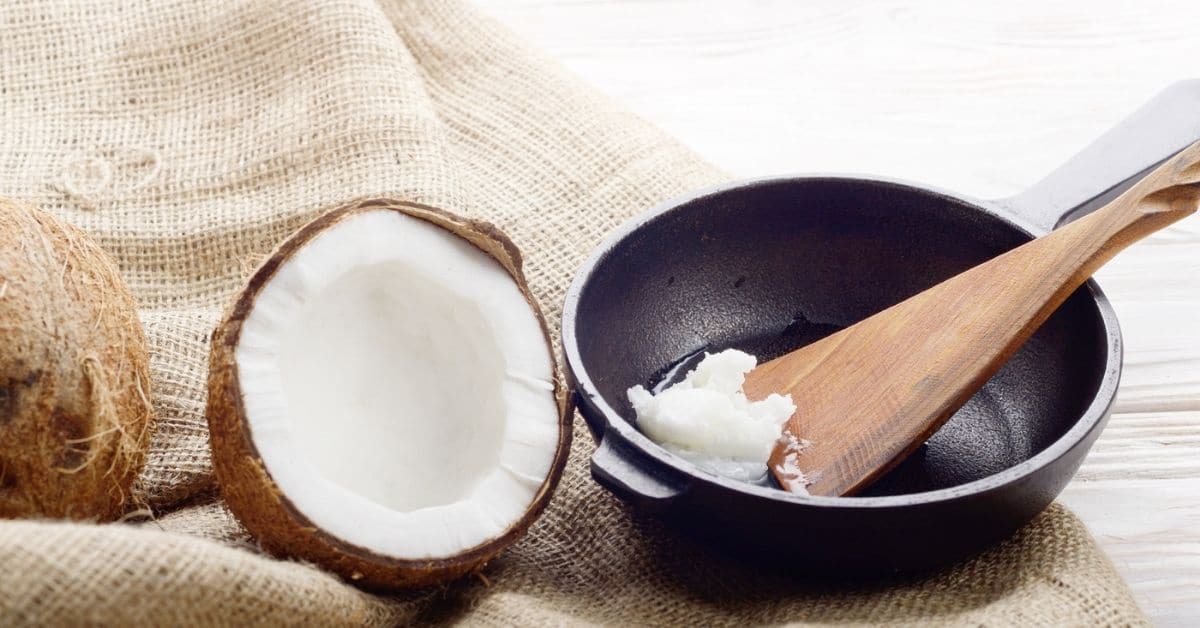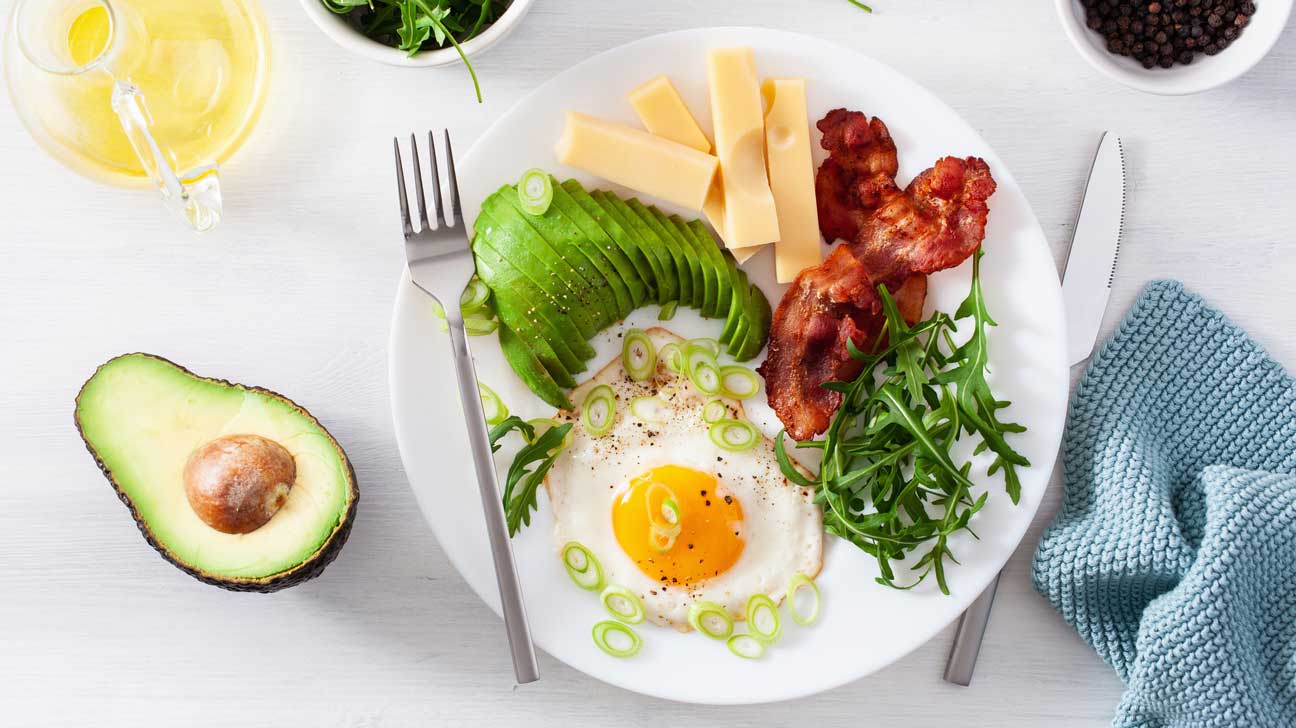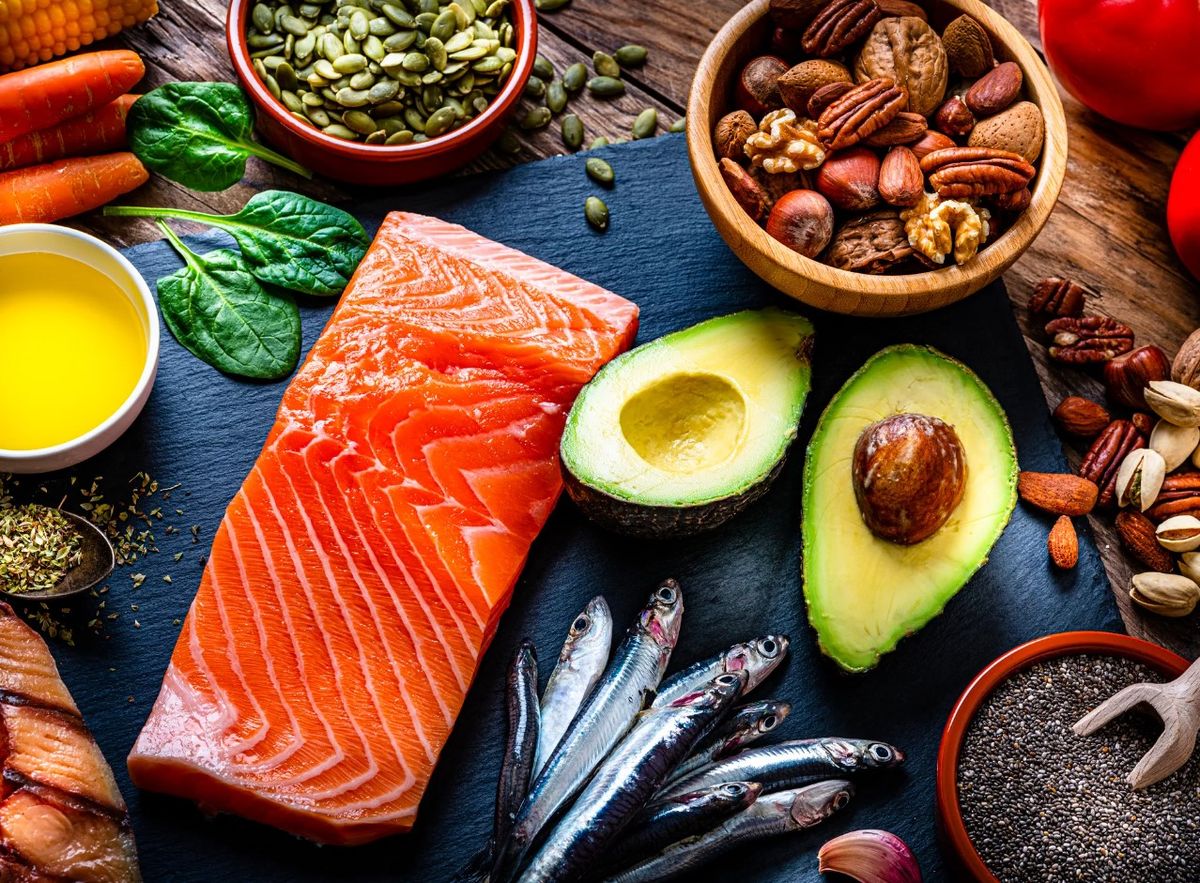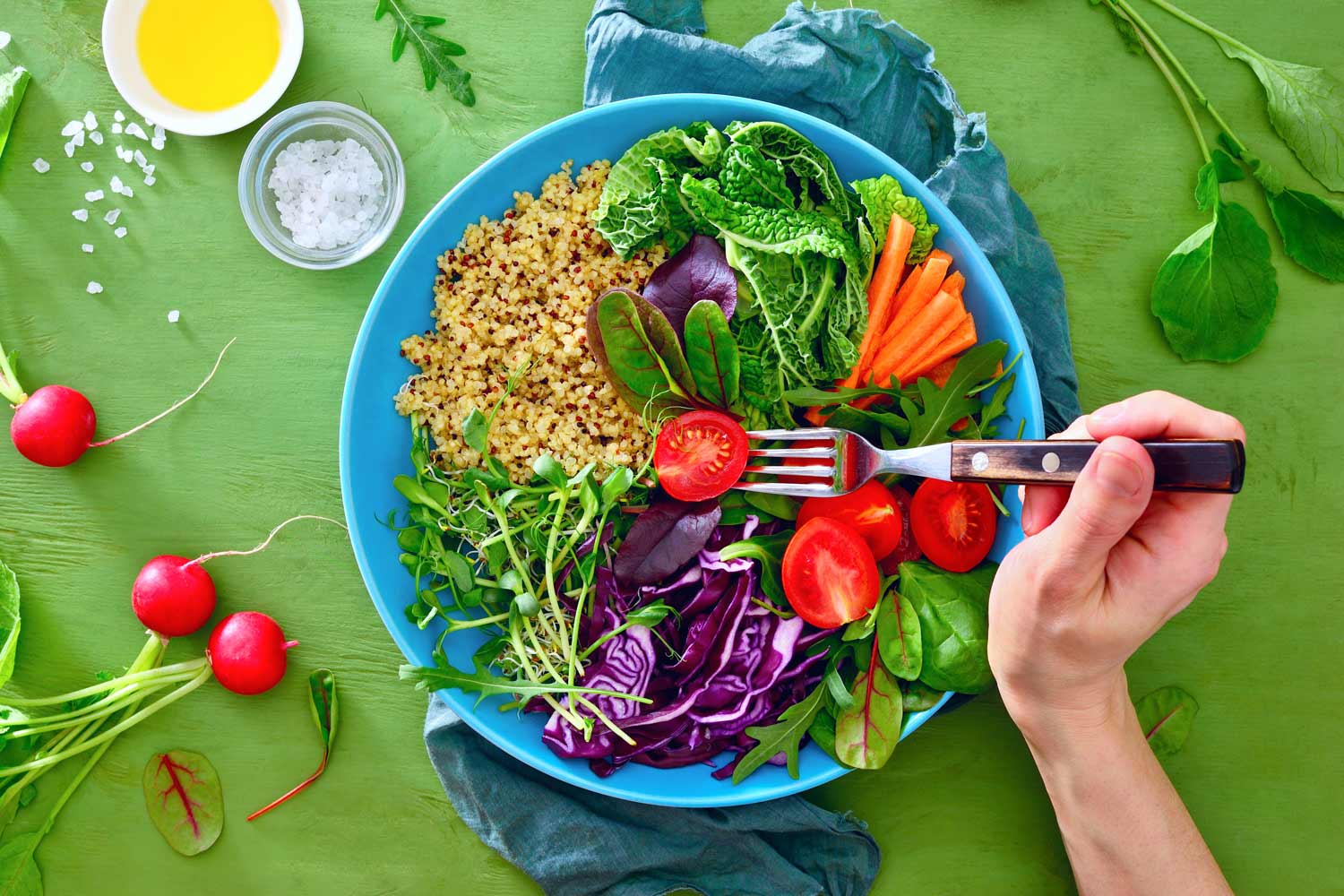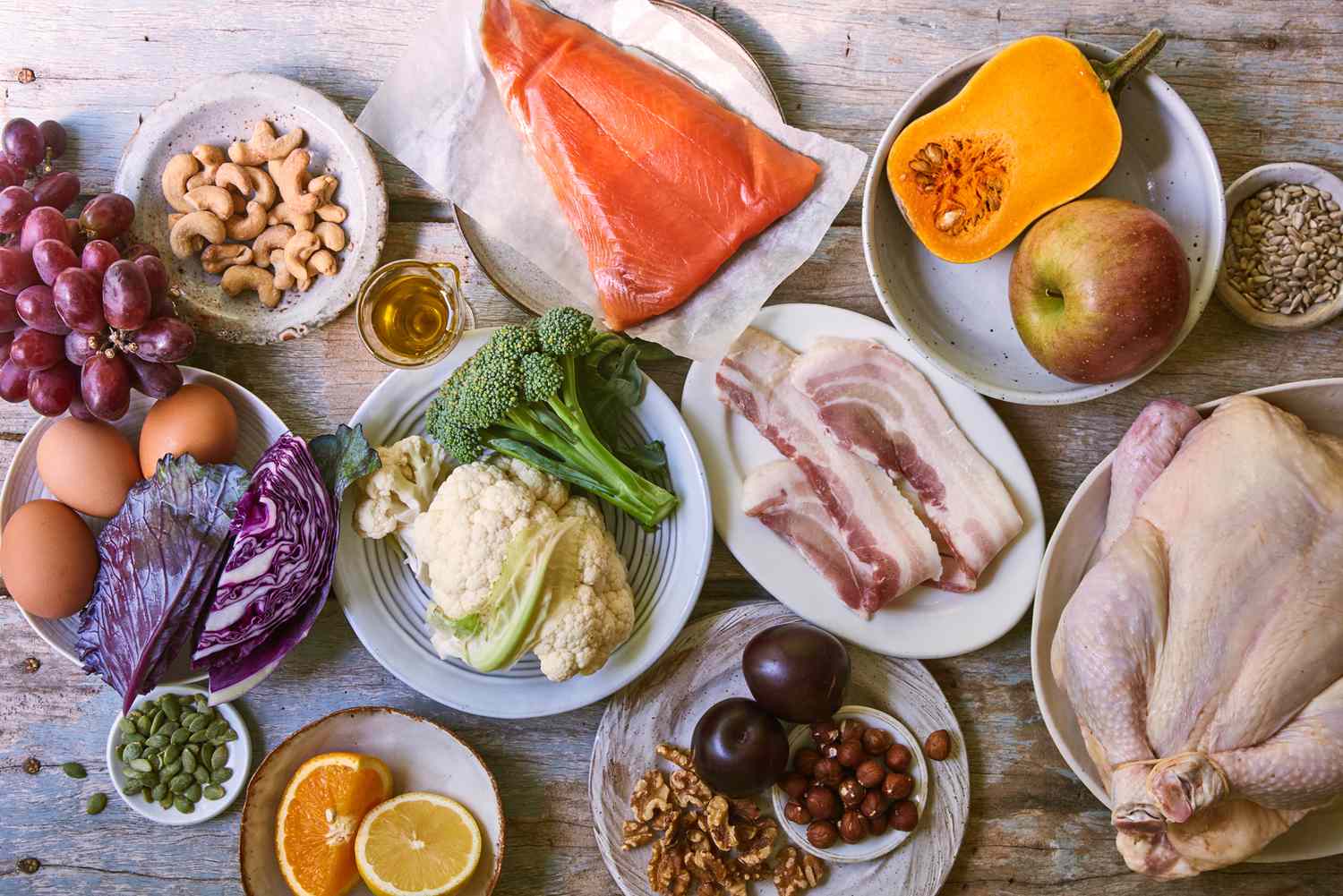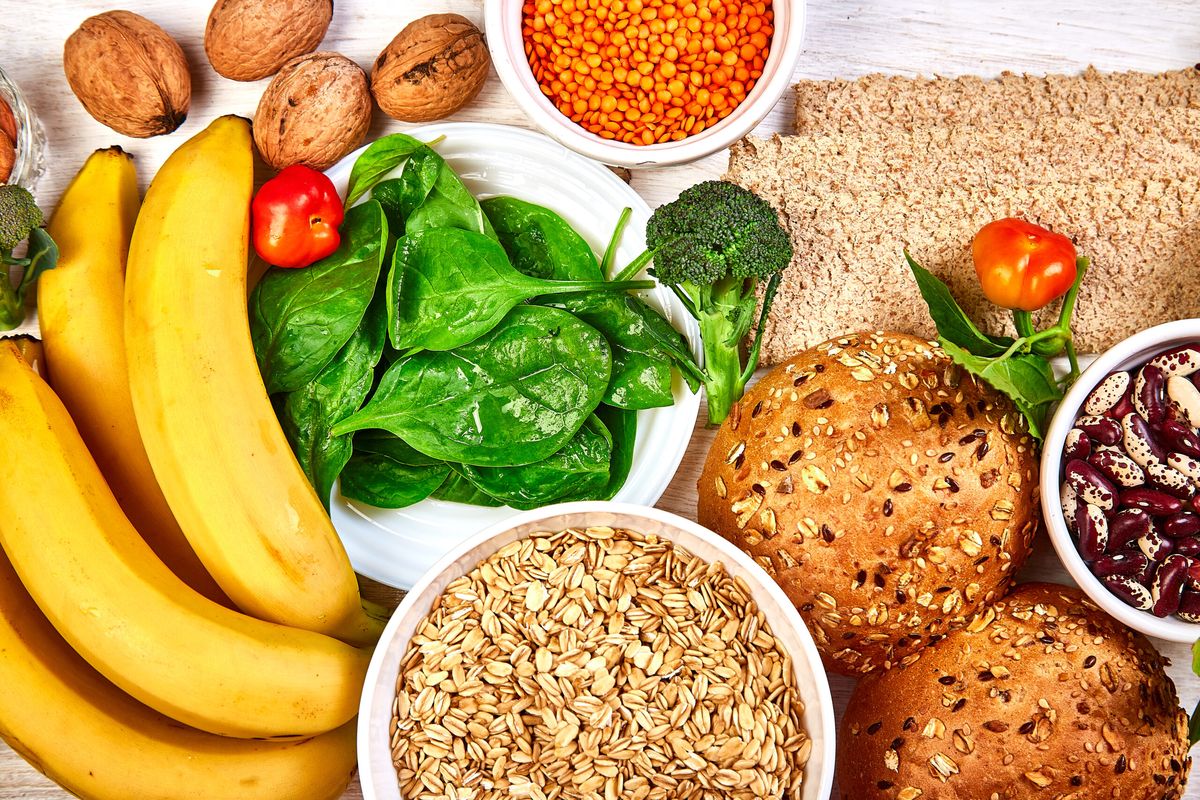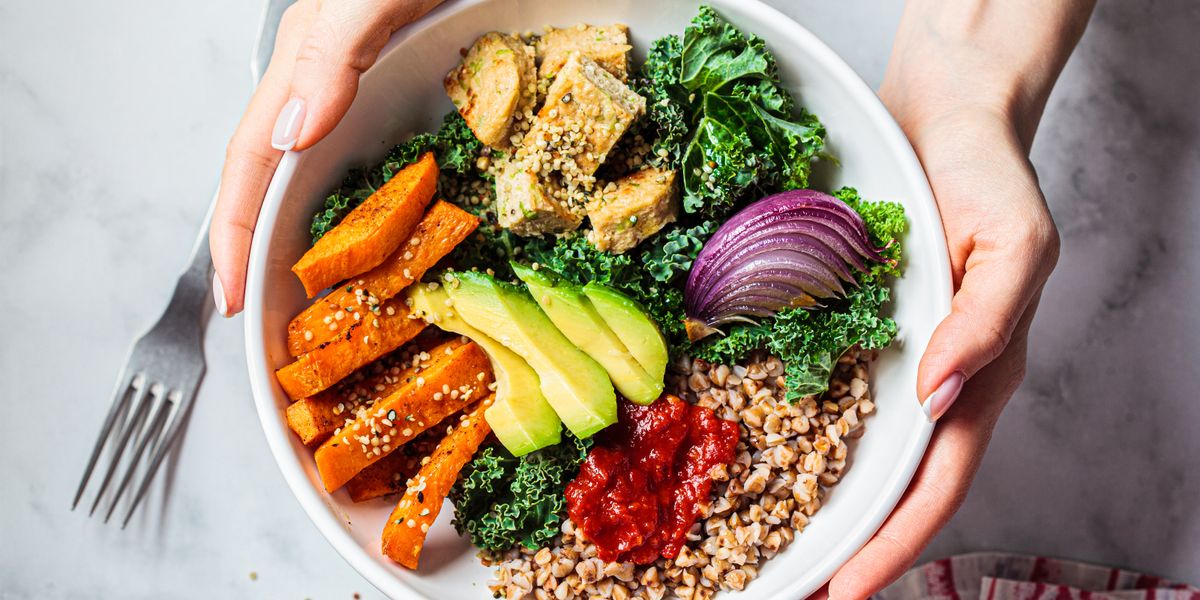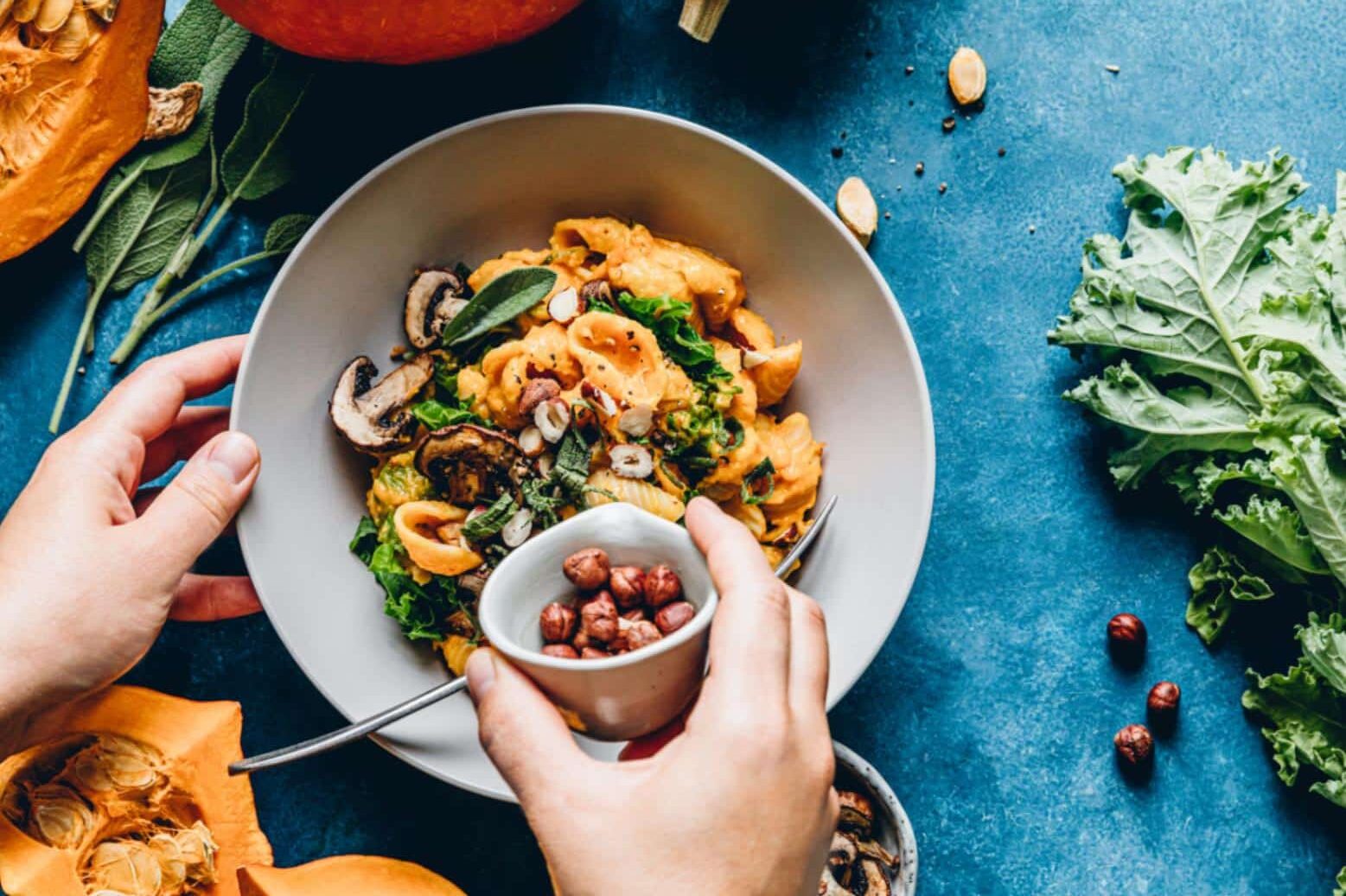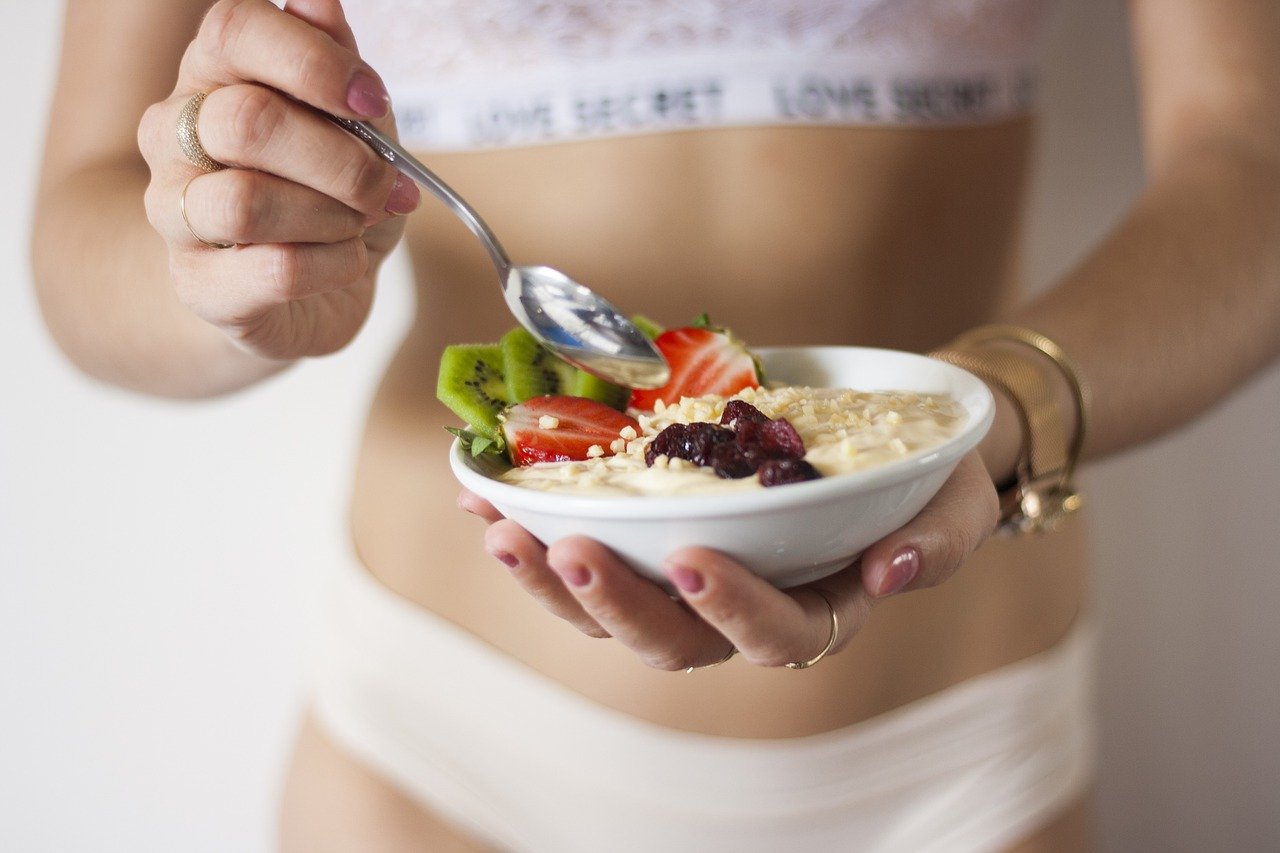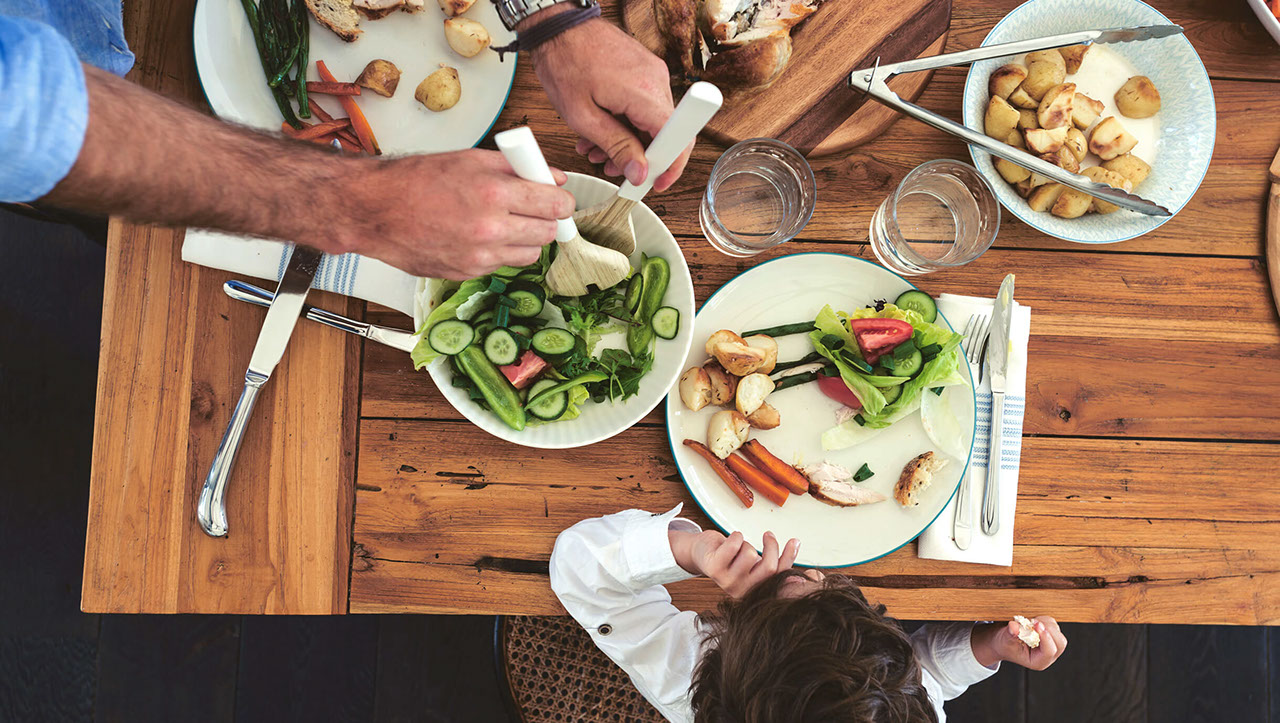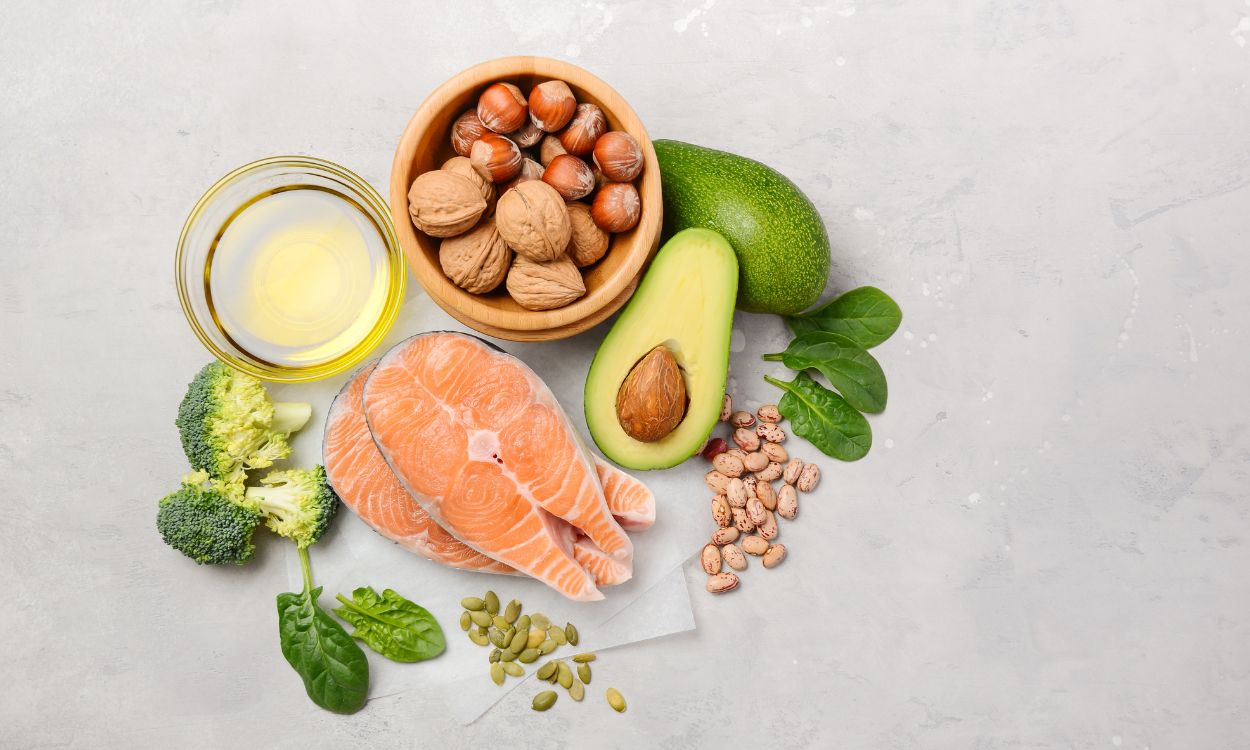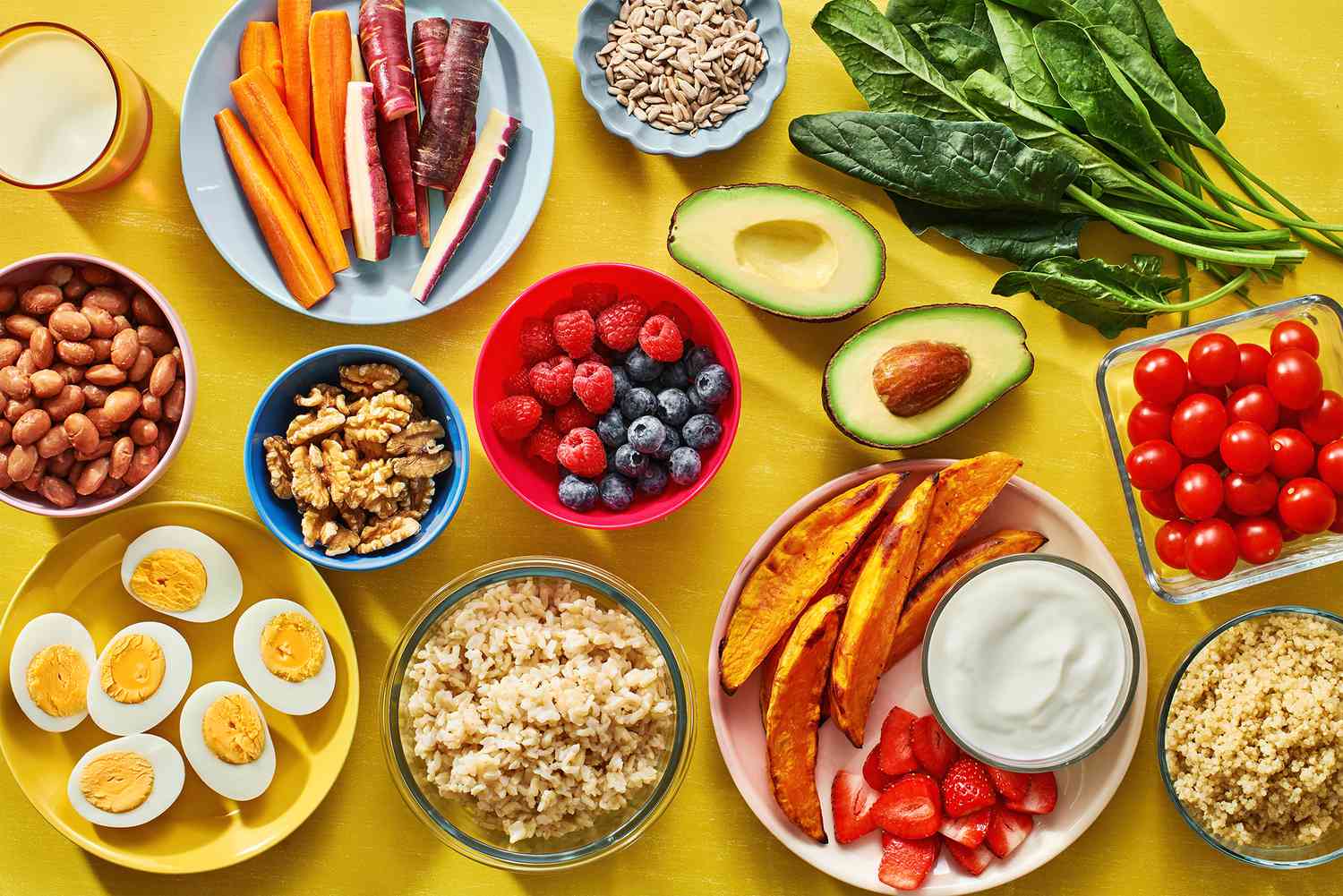What is LCHF Diet?
LCHF stands for Low Carb High Fat, which is a dietary approach that focuses on reducing carbohydrate intake and increasing the consumption of healthy fats. This type of diet is known for its potential to promote weight loss, improve blood sugar control, and enhance overall health.
How to Start Eating LCHF Diet
Transitioning to an LCHF diet can be a significant change for many people, but with the right approach, it can be both enjoyable and beneficial. Here are some tips to help you get started:
Eat Plenty of Healthy Fats
One of the key principles of an LCHF diet is to prioritize healthy fats. This includes foods like avocados, nuts, seeds, olive oil, and fatty fish. These fats not only provide essential nutrients but also help keep you feeling full and satisfied.
Limit Carbohydrate Intake
Reducing the consumption of high-carb foods such as bread, pasta, rice, and sugary snacks is essential in an LCHF diet. Instead, focus on incorporating non-starchy vegetables, berries, and other low-carb options into your meals.
Choose Quality Protein Sources
Protein is an important component of an LCHF diet. Opt for high-quality sources such as grass-fed meat, free-range poultry, and organic eggs. These foods provide essential amino acids and can help support muscle health.
Stay Hydrated
Drinking plenty of water is crucial for overall health and can also support your transition to an LCHF diet. Aim to consume at least 8-10 glasses of water per day to stay hydrated and support your body’s natural functions.
Plan Your Meals
Meal planning can be a helpful strategy when following an LCHF diet. Take the time to plan your meals and snacks, ensuring that you have plenty of healthy fats, moderate protein, and low-carb options on hand.
Listen to Your Body
As you adjust to an LCHF diet, pay attention to how your body responds. Some people may experience an initial period of adjustment, often referred to as the “keto flu,” as their bodies adapt to using fat for fuel instead of carbohydrates. Be patient and give your body time to adapt.
Seek Support and Guidance
Embarking on a new dietary approach can be challenging, so don’t hesitate to seek support and guidance. Whether it’s connecting with a nutritionist, joining online communities, or finding LCHF-friendly recipes, having a support system can make the transition smoother.
Benefits of LCHF Diet
Adopting an LCHF diet can offer a range of potential benefits, including:
- Weight loss
- Improved blood sugar control
- Enhanced mental clarity and focus
- Steadier energy levels
- Reduced cravings for sugary foods
- Support for overall health and well-being
Final Thoughts
Transitioning to an LCHF diet requires a thoughtful approach and a willingness to embrace new eating habits. By focusing on healthy fats, quality proteins, and low-carb options, you can enjoy the potential benefits of this dietary approach. Remember to listen to your body, seek support when needed, and celebrate the positive changes that come with adopting an LCHF lifestyle.
